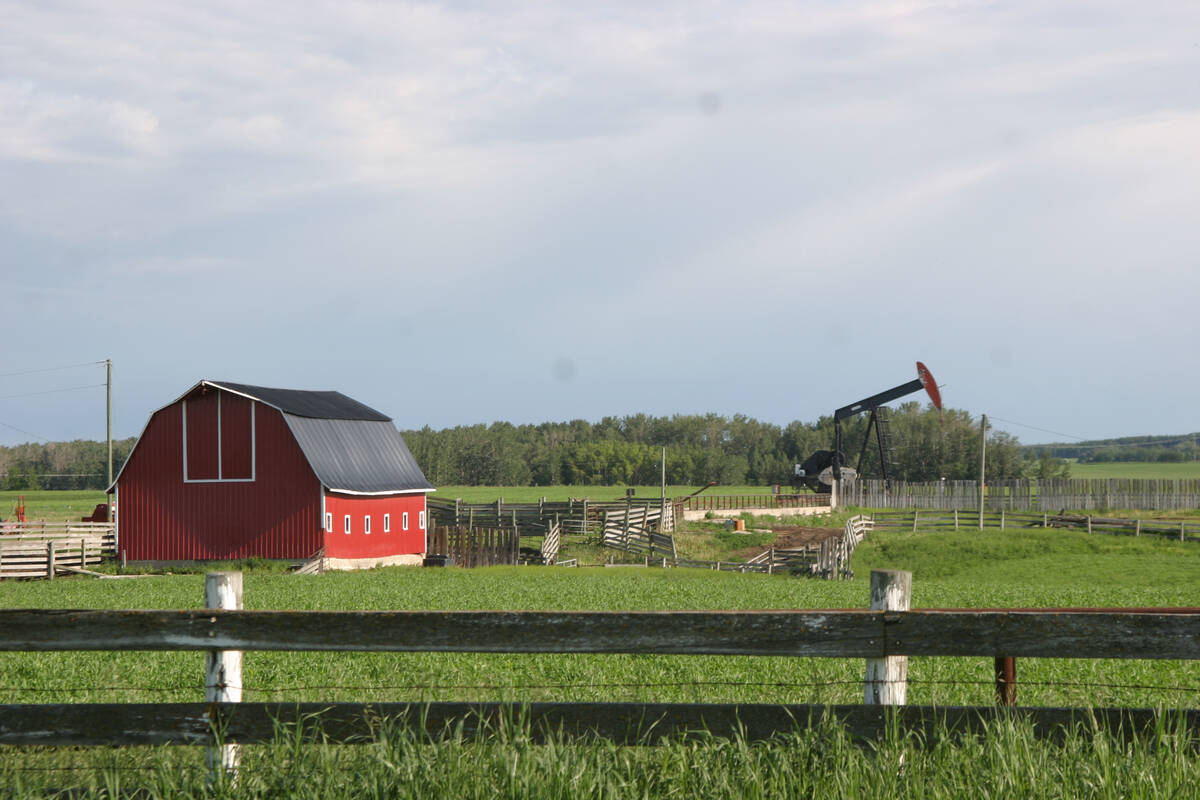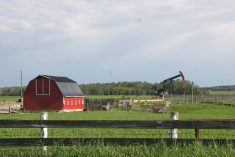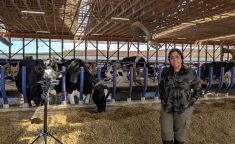If you moved just their Alberta holdings to Europe, the Nature Conservancy of Canada would be nearly five times the size of Lichtenstein.
And it’s growing – adding nearly 6,750 acres in the past year to bring the amount of Alberta land owned or held under conservation agreements to 180,000 acres.
The Nature Conservancy may soon be your neighbour too. Should you be worried?
“We do sometimes hear people saying they are threatened by this organization,” says Bob Demulder, the Nature Conservancy’s Alberta region vice-president. “But people often don’t understand what it is that we do.”
Read Also

Recommendations in the mature assets strategy could cause potential problems for landholders
The Western Stock Growers’ Association urges producers to pay attention to the potential changes to Alberta’s Mature Assets Strategy.
The Nature Conservancy is not a militant environmentalist group, nor an anti-ag conservation organization, but a non-advocacy group that partners with farmers and landholders to conserve habitat for biodiversity in ecologically significant areas. In fact, in many cases, NCC offers landowners a way to capitalize some of the value of their property while still retaining the land’s grazing capacity.
“This isn’t about putting up a fence and saying no one can come in,” says Demulder.
Rather, the Nature Conservancy balances conservation with a variety of other sustainable land uses to create what it calls a “working landscape.”
“We occupy a unique niche in conservation,” says Demulder. “We offer some latitude on how the land is used after it is conserved.”
Still used for ranching
Conservation easements allow the Nature Conservancy to purchase the rights for subdivision, cultivation, and wetland drainage, but the ownership of the land remains with the landowner as do the rights to reside, graze and manage access to the land. Even on land purchased outright, the organization calculates what the land can support to maintain conservation priorities such as habitat, biodiversity targets and water quality, and then allows any surplus production to be harvested. A full 70 per cent of the land it owns is used by ranchers as grazing land. Combining conservation priorities with some harvesting, says Demulder, is a way to maintain the land’s ecological function.
Despite the Nature Conservancy’s large presence in the province, most Albertans have never heard of it.
“We have the most peculiar situation: we are the largest land trust in Canada that no one has heard about,” says Demulder. “Because we are a non-advocacy organization, we don’t make waves in the front pages of newspapers.”
Marketing is a lower priority for the organization, not only because it requires dollars that could otherwise be used for acquiring and stewarding conservation land, but also because “somehow we got big without it,” says Demulder.
More acquisitions
One of the Nature Conservancy’s most significant acquisitions in the past year was the Golden Ranch, a 1,500-acre plot that was the largest remaining working ranch in the Beaver Hills-Cooking Lake area east of Edmonton. The $10-million acquisition, one of nine major deals in the past year, was completed along with a number of other partners and includes eight kilometres of waterfront on Cooking Lake. That area is an important link between an existing bird sanctuary and prime grazing conservation land. Another important acquisition in the past year was a 2,700-acre easement close to the organization’s existing 16,000-acre OH Ranch project.
Demulder anticipates more land acquisitions across Alberta in the coming year, including in the Waterton and Pincher Creek areas. The Nature Conservancy already manages 32,000 acres of land just outside Waterton Lakes National Park, and adding on to existing holdings and protected areas makes the most ecological sense, said Demulder.
The organization is surprisingly choosy about the land it acquires.
“As a rule of thumb, we try to go after the best of what’s left,” says Demulder. “Our strategy is to go after land that is as untouched as possible.
“We (also) try to concentrate our activities because to make a difference we have to be strategic in what we go after.”
Part of the reason for such care in selecting property is financial necessity. Stewardship of conservation land is very expensive when you factor costs such as taxes; property maintenance such as fence and weed management; and conservation infrastructure such as nesting platforms and bird boxes.
“You can’t just continue to acquire land without some money for stewardship or you will sink under your own success,” says Demulder.














